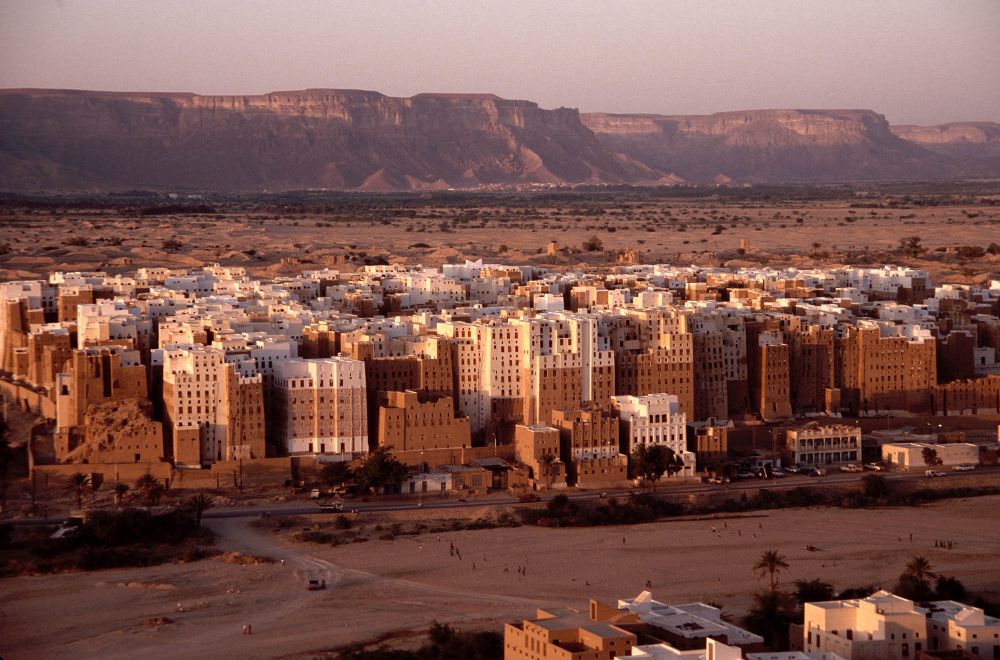

Shibam, often referred to as "The Manhattan of the Desert", is a remarkable example of early urban planning and mudbrick architecture. Situated in the Hadhramaut Valley in Yemen, this ancient city is renowned for its distinct skyline, which is characterized by the mudbrick tower houses that rise up to seven stories high. These structures have earned it a place on the UNESCO World Heritage list since 1982.
The history of tourism in Shibam is closely linked to its architectural heritage and strategic location. The origins of Shibam are thought to date back to the 2nd century AD, but it was during the 16th century that the city gained prominence for its defensive architecture against Bedouin attacks. These high-rise structures not only served as residences but also as fortifications, making Shibam an essential trading hub and, in turn, a fascinating destination for travelers interested in historical and cultural tourism.
Despite its historical value and uniqueness, Shibam has faced numerous challenges that have impacted its tourism sector. Political instability, economic challenges, and concerns about conservation and maintenance of the mudbrick structures have all played a part in deterring tourists. Additionally, the area is vulnerable to environmental factors such as flooding and erosion, which have led to damage and the need for ongoing restoration.
In recent times, there has been an increased focus on sustainable tourism and cultural preservation. Efforts are being made to promote Shibam as a destination with a responsible tourism model that benefits local communities, preserves the city's architectural heritage, and ensures visitor experiences are educational and environmentally conscious. However, due to the region's political volatility, travel to Shibam is often discouraged, and as a result, the city does not experience mass tourism like other historical destinations.
Travelers who do manage to visit Shibam will find themselves immersed in the city’s ancient urban landscape which functions almost the same as it did centuries ago. Guided tours are available and are encouraged, as they support the local economy and provide in-depth knowledge of the city's history, culture, and architecture.
The future of tourism in Shibam is uncertain but carries potential. Preservationists and cultural advocates worldwide are calling for increased attention to the city’s plight and the need for its conservation. Should the region stabilize, Shibam can become a beacon for heritage tourism that celebrates Yemen's rich history and architecture.
Shibam stands as a testament to the ingenuity of ancient urban planning and the endurance of its people. While tourism in Shibam has fluctuated over time, the city continues to capture the imagination of historians, architects, and intrepid travelers who seek to explore its towering mudbrick wonders.